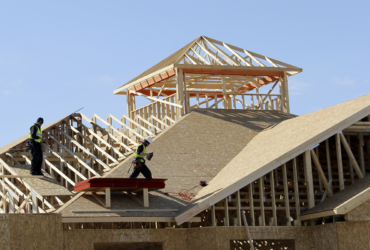A recent analysis by Redfin has shed light on the growing disparity between household incomes and the income required to afford a median-priced home in the United States. According to the findings, buyers needed to earn an annual income of $113,520 to afford the median-priced U.S. home in February, which stood at $412,778. This figure starkly contrasts with the median household income of $84,072, highlighting the significant gap between affordability and financial capability.
The report indicates a concerning trend where the income needed to purchase a home has outpaced median household incomes, posing significant challenges for prospective buyers. However, there is a silver lining amidst these daunting figures. February’s data shows a slight improvement compared to October, when the disparity between median income and the income required for homeownership reached its peak. During that time, homebuyers needed to earn $120,500 to afford the typical home, representing a record 51% more than the median household income of $79,689.
Despite the marginal improvement in affordability, the housing market remains demanding for many Americans. The median monthly housing payment for homebuyers stands at $2,838, which, while down from the record $3,012 observed in October, reflects a substantial increase of 74% from February 2021. This surge in housing costs can be attributed to rising mortgage rates, which have climbed significantly since reaching historic lows in 2021.
Elijah de la Campa, Senior Economist at Redfin, commented on the evolving dynamics of the housing market, noting the multifaceted challenges faced by homebuyers. “For over a decade, America has been slowly marching toward a housing affordability crisis due to chronic underbuilding, and that crisis was kicked into overdrive when the pandemic homebuying boom fueled a meteoric rise in housing prices,” he said. De la Campa highlighted the compounding effect of elevated mortgage rates, which further exacerbate the affordability crunch for aspiring homeowners.
The analysis underscores the urgent need for comprehensive solutions to address the widening gap between housing costs and incomes. Policy interventions aimed at stimulating housing supply, promoting sustainable development practices, and providing financial assistance to low and moderate-income households could help alleviate the burden on prospective buyers.





